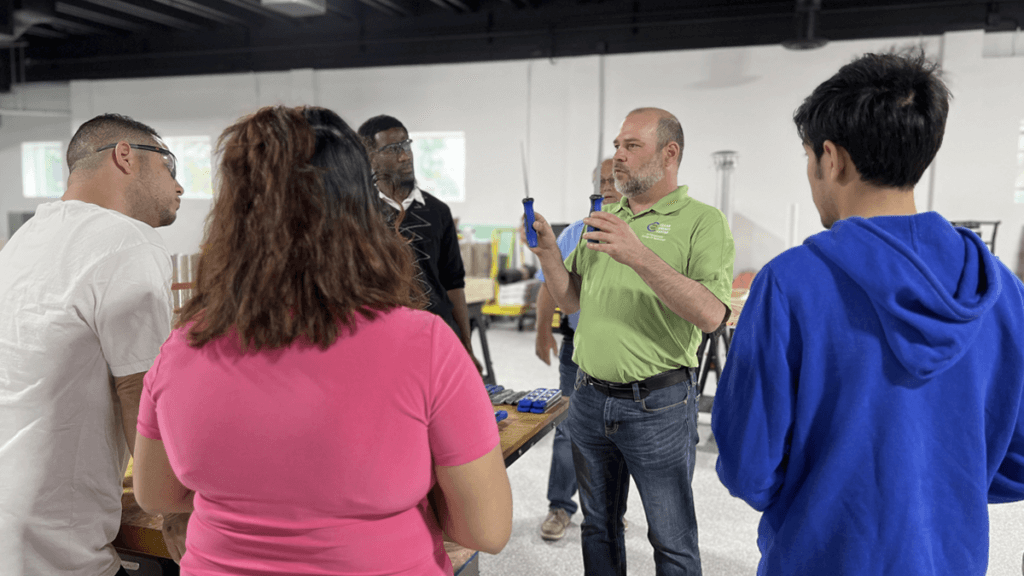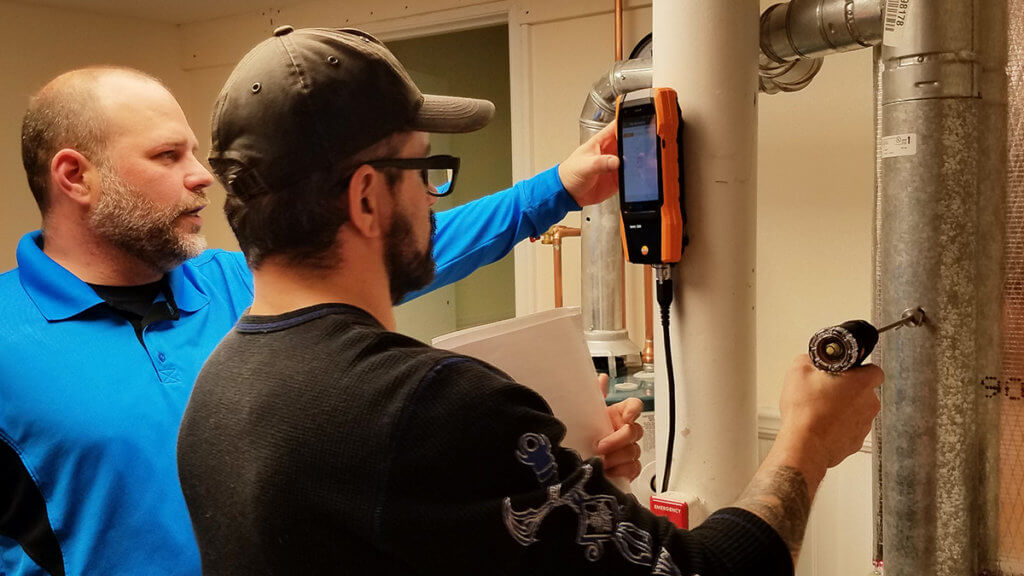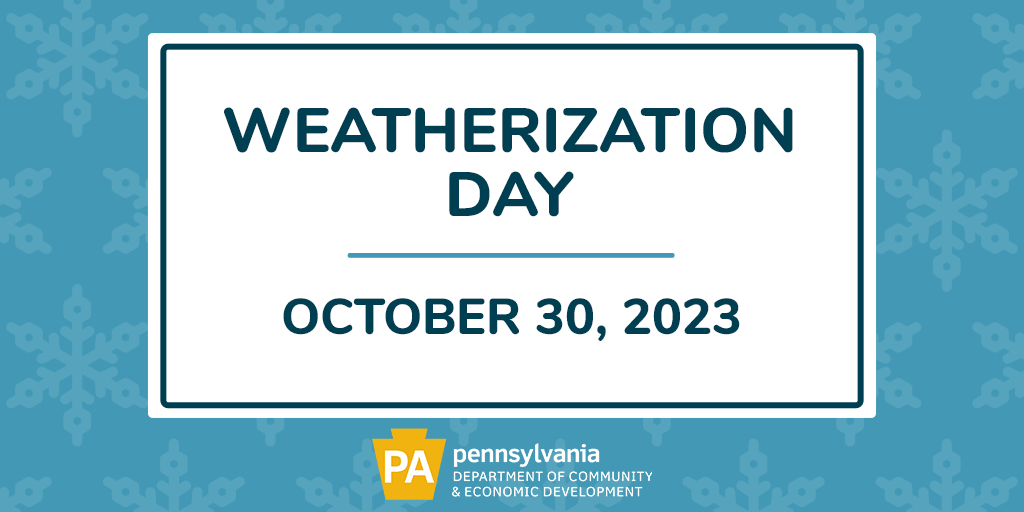The West Reading Story : A Community on the Rise


The Keystone Communities Program’s Elm Street division works to address issues of blight and crime in borderline residential neighborhoods that surround Main Street business districts. To learn more about the program and the change it helps create in communities, we talked to Dean L. Rohrbach, Program Manager of the West Reading Community Revitalization Foundation (WRCRF), one of Pennsylvania’s 35 Elm Street programs. We will be featuring a two-part blog series dedicated to West Reading and its revitalization.
Positive Partnerships
In the late 1990s, West Reading’s commercial area started to show its age in a state of sharp decline. Crime and blight began to creep into the borough. The West Reading Borough Council created the WRCRF in 1997 to address the crime, falling rates of homeownership, and public infrastructure issues rooted in the community.
At this point in time, we had recognized the need in West Reading — now we needed the funding to meet it. DCED knew in order to be economically viable and competitive, our community needed financial support. In 2007, DCED designated the West Reading Elm Street Program to reverse the negative trends and combat the issues by improving the housing stock, beautifying the streetscape, increasing safety, and involving the residents — all with the end goal of creating homeowners.
Through the Elm Street designation, we received a total of $962,500 in funding through DCED from 2007-2011, focusing on our Ten Points neighborhood. From 2012-2017, we’ve been focusing on the Center Point neighborhood, with the help of DCED and many other partners. Both these residential neighborhoods were designated as “Great Neighborhoods” by the American Planning Association in 2014, and are known for their historically-painted rowhomes and tree-lined streets.
DCED’s support has been instrumental in attracting additional resources and support for our efforts across the private, public, and nonprofit sources. To date, we have leveraged $1.9 million in funding from these other sources.
Improvement Programs
We’ve put the funding to use through a variety of programs. In our Property Acquisition, Rehabilitation, and Resell (PARR) program, we buy and modernize foreclosed properties, selling to homeowners — at market price — with a vested interest in the community. Since 2013, we have completed five projects under this program.
Our Façade Program is one of our longest ongoing programs. Knowing that a neighborhood with well-maintained and attractive properties reflects confidence for the future of our community, we approved 14 façade grants in 2016.
As part of our Paint the Town program, we paint the front facades of properties in bright, three-color schemes to make the neighborhood unique and give it curb appeal. Since the program’s inception in 2012, we have painted 82 properties in our target area.
Over the last 10 years, we have also concentrated efforts on creating murals around the community. Adding beauty and creating a visually interesting environment is key to our revitalization strategy — it attracts and retains homeowners and young professionals who value a walkable community. We currently have a combination of 13 murals and mosaics in our outdoor art gallery.
A Place to Live Happy
“Beauty and design are among the ways we make our community distinct, attractive, and a place to live happy.”
Since 2007, the Elm Street program has invested $2.5 million in our eight-square, block-target area that has actively combated blight, crime, indifference, and disinvestment. We’ve not only improved the neighborhood appearance and appeal through long-lasting improvements, but also have built cohesiveness and community among residents. They see long-term problems mitigated and highly visible projects changing their neighborhood before their eyes.
While the median price of homeowner-purchased homes has increased and the bank sales of foreclosed properties have decreased, there are many intangible benefits I’ve witnessed, like residents putting out plants, decorating for the holidays, and accepting new residents into the neighborhood.
Beauty and design are among the ways we make our community distinct, attractive, and a place to live happy. We still have some work to do, and hope to continue implementing our programs and making continual streetscape improvements.
People want common spaces that foster a greater sense of belonging and connection, and we’re doing everything we can to bring this to West Reading.
Learn more about the Keystone Communities Program and how you can apply. To stay up-to-date with all Pennsylvania news, be sure to follow us on X, Facebook and LinkedIn.

Dean R. Rohrbach serves as the Program Manager for WRCRF. He spent 10 years as Executive Director in the national NeighborWorks® network both in Reading, Pa., and San Diego, Ca. His education in city and regional planning/urban design has enabled him to communicate with a wide variety of business leaders, government officials, professionals, and technical consultants. In 2012, the PA Downtown Center organization named him the “Outstanding Program Manager of the Year.”





